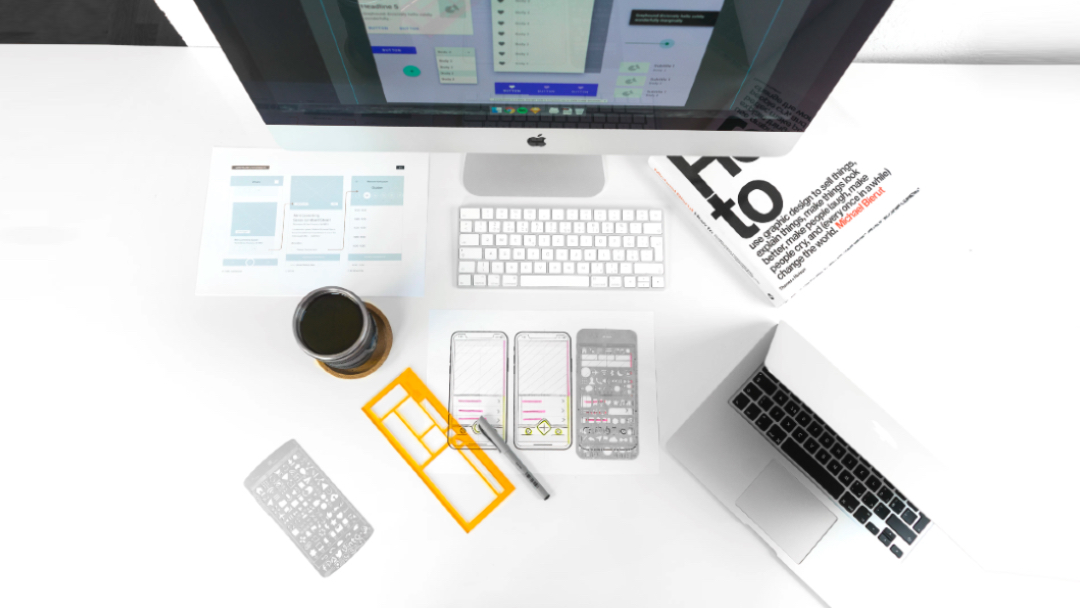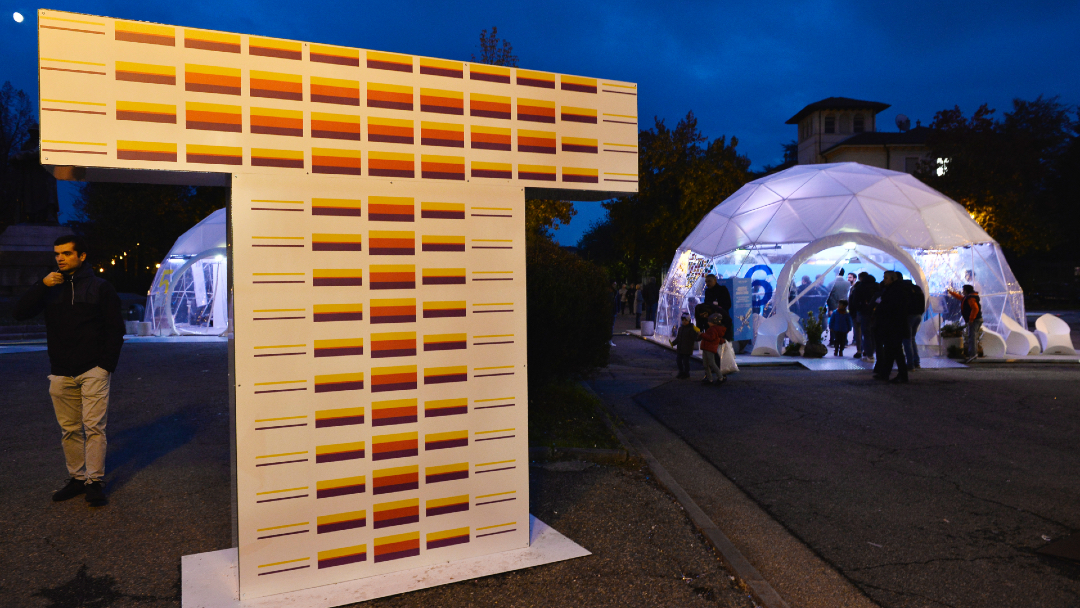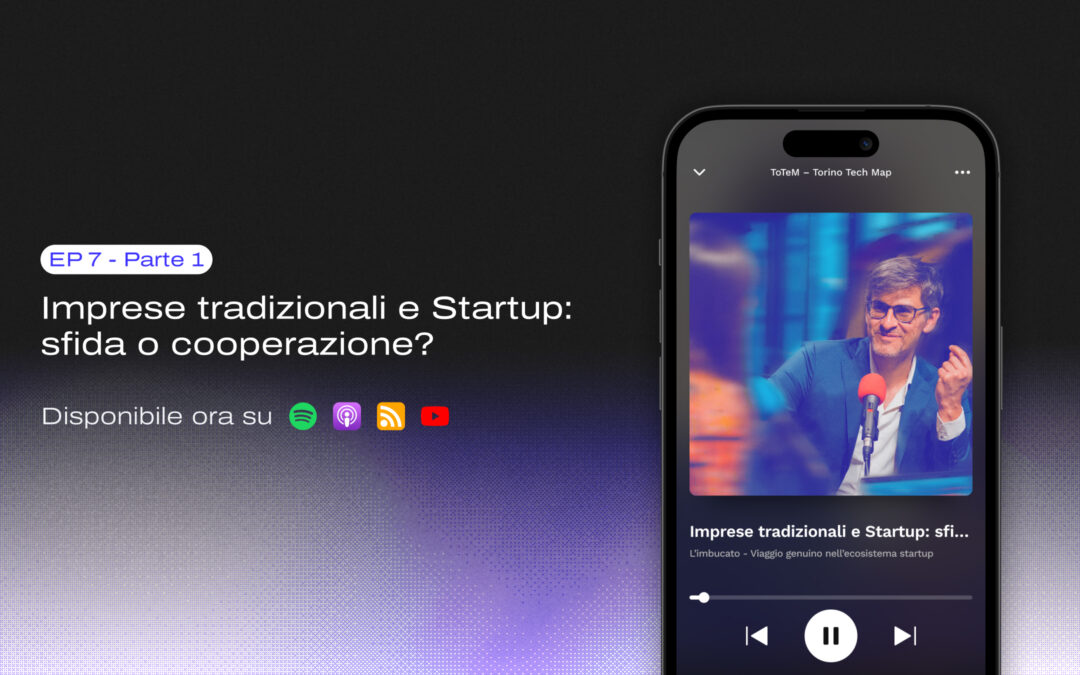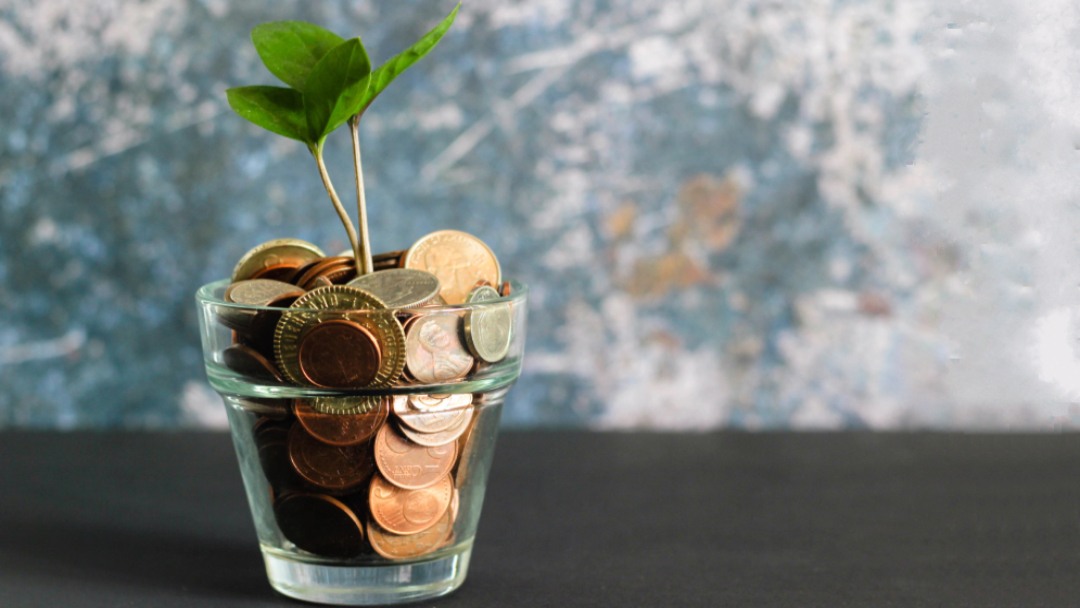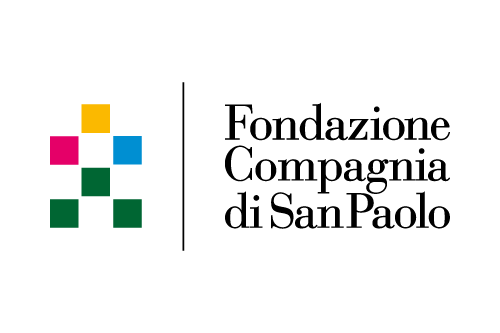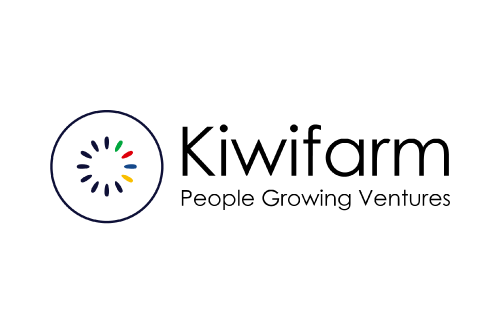Article by Daniele Lunassi, CEO and Design Lead of Eye Studios. Eye Studios is a company specializing in UX, UI and Product Design that supports startups and tech companies in the design of digital products and shares knowledge gained in its Academy for designers.
If your business is based on a product, this guide may be just what you need. Throughout this reading, we will explore 7 specific ways in which effective UX design can provide a significant competitive advantage to your startup.
Design is the only way to design successful solutions, this is because design means understanding people to design solutions. You cannot NOT do it: you either do it well, or you do it poorly. In this guide, I'll tell you why.
Let's get started!
Why is UX Design important?
We say it often, but we never get tired of it: design is not "graphics".
The true meaning of the word design is planning, and it goes far beyond the mere aesthetics of a product: it is about creating experiences that resonate deeply with end users.
According to a study by Forrester Research, a well-designed user interface can increase conversion by up to 200 percent.
That's why our mission - as Eye Studios- is not limited to helping companies and startups do design well, but we are committed to sharing how the role of design is critical to achieving success.
In this article, we will explore how a UX-focused approach can improve customer engagement, optimize business processes, and ultimately increase profits and customer satisfaction.
1. UX Design: what is it?
UX Design, or User Experience Design, is a concept that goes beyond the simple aesthetics of a product, website, or application.
It is about creating an overall experience that satisfies, engages and makes the user feel comfortable interacting with the product or service.
In more technical terms, it is about optimizing the overall user experience when interacting with your product or service, with the goal of improving satisfaction and usability.
But that's not all: thanks to UX Research, as you will find out in a moment, you can discover your users' problems and needs, and thus ensure that through your product or service you can solve a real problem.
2. Put the user at the center (for real)
When you're launching your new product service nothing is more important than thoroughly understanding the end user.
In an interview with Jessica Livingston, co-founder of Y Combinator, was asked, "What is the secret to a successful founder according to Y Combinator?"
Here is her answer, "'It's just two simple factors: (1) Determination (2) Knowing how to understand your users and build a product with an incredible User Experience".
Here we come to the first key point of this guide: if you are designing a product without having engaged your users (or potential users) stop, and fix it now.
Call your target audience, do a user interview with them, prepare a survey to send via email. This approach will help you thoroughly understand their needs, their problems, and help you empathize with them.
3. Intuitive UX Design, and don't reinvent the wheel
Try to notice: everything around us is designed. From a desk, to the smartphone you're (perhaps) using to read this guide, or the chair you're sitting in right now.
Now ask yourself: if you were to sit in a cone-shaped chair, how many minutes could you last? Or perhaps we should talk about seconds? The answer would be "very few," and you would get up immediately.
The reason is simple: chairs have a specific shape because over the years they have been designed to be comfortable and easy to use.
This is the same thing that happens to a user coming into your app or software if it is not designed properly. Your target user, in addition to having to complete his or her task (jobs to be done), wants to do it easily, intuitively and quickly.
UX Design helps you understand just that, helping you simplify the interaction the user will have with your product. From the logical arrangement of elements, to the use of behavioral patterns similar to other products, this will all make for a winning user experience. An intuitive interface not only makes it easier for new users to adopt the product, but it also increases the likelihood that existing users will continue to use it, thus reducing the abandonment rate.
4. Increased conversions
A properly designed UX can have a significant impact on conversions. It simplifies the user's path to a desired action, such as purchasing a product or signing up for a service.
Key elements include obvious call-to-actions, streamlined checkout processes, and reducing the steps required to complete an action. If UX design eliminates moments of frustration or uncertainty, it can significantly reduce abandonment rates and increase conversions.
5. Feedback gathering and continuous improvement
The most powerful tool that UX Design can provide you with is UX Research.
By UX Research we mean all methods of getting in touch with the end user in order to collect data and information useful for understanding behaviors, needs and frustrations.
It provides insight into how users interact with the product and what areas need improvement. Feedback can be collected through surveys, analysis of usage data, usability testing and other forms of research.
Using this data to iterate and improve the product ensures that the design stays in step with the evolving needs of users.
6. Long-term cost reduction
Understanding in advance what users need, through UX Design, has a twofold benefit: on the one hand it ensures that your product solves a real problem through facilitated retention, and in addition it guides you directly to the right path, avoiding costly detours.
This means that rather than spending time and resources to modify a product after it has been fully developed, you can address it correctly from the start. In addition, adopting solutions such as design systems, allows you to iterate on the product quickly, facilitating agile integrations and changes without having to rethink the entire product each time.
This approach not only streamlines the development process but also significantly reduces long-term costs by ensuring that every step is on the right track from the start.
7. Differentiation in the marketplace
This is the last point in this guide, but it perhaps encapsulates all the benefits that a good design strategy can bring.
If in the market you want to enter, competitors have products and services that are many standards similar to each other, in this guide you have found a way to stand out and serve users in that category much better..
Also, by adopting solutions such as design systems, you can be much quicker to test ideas and experiment with new solutions, arriving at important breakthroughs before others.
And why specifically for your startup?
If you have founded a startup, don't make the mistake of thinking that design is a luxury. Or worse yet, to think that it is the last stage of your product development.
For your startup, to do or not to do design can define success or failure.
Here's why in 3 simple points:
- Adaptability and Innovation: startups, in particular, need to be agile and able to innovate quickly. An effective design process, allows for rapid testing and learning, ensuring that the product is desirable for the target market, but also able to adapt based on user feedback.
- Customer Focus: for startups seeking to enter existing markets or create new ones, deeply understanding their users is critical. UX Design places users at the center of the product development process, ensuring that every decision is made with the goal of meeting or exceeding their expectations.
- Cost Efficiency: mistakes in the product development cycle can be costly, especially for startups where the budget must be invested very well. Investing in UX Design early on can significantly reduce the need for costly post-launch revisions. And all of this, it also accelerates time-to-market
Conclusions
Thanks to this guide, you have discovered 7 ways UX Design can give your startup a competitive advantage.
It was my pleasure to write it, if you are interested in let's stay in touch!
